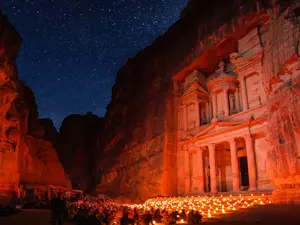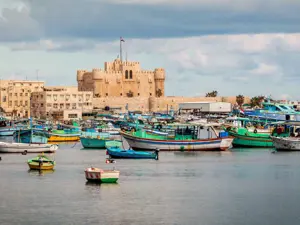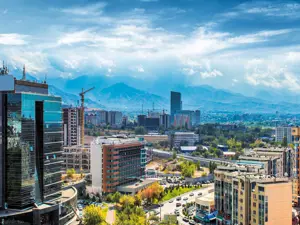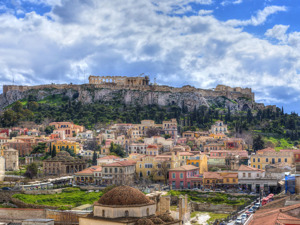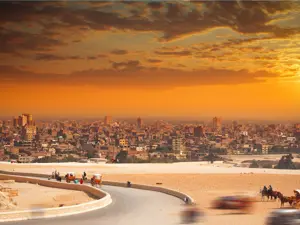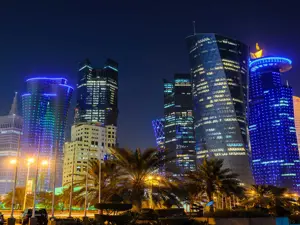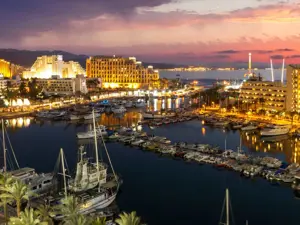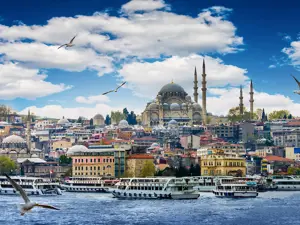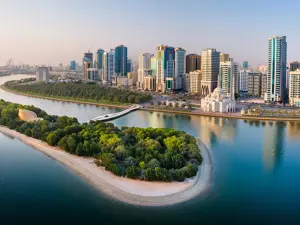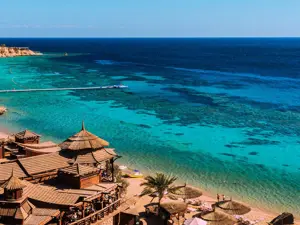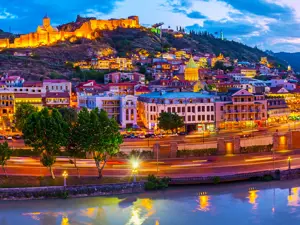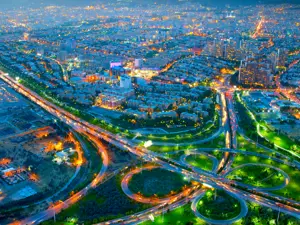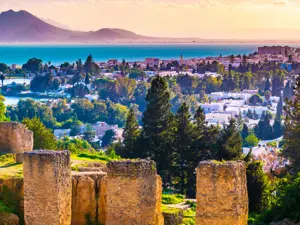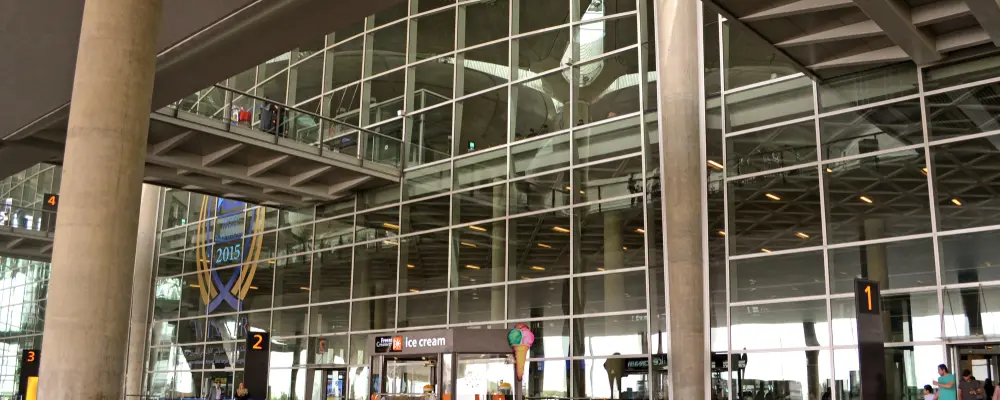Jordan’s alluring capital
Its wonderful location, on a hilly area between the desert and the Jordan Valley, where its evangelical past still echoes, places Amman at the centre of a worldwide interest shared by few other cities in this world. The charm of the city is also due to its happy marriage between modernity and an ancient, diverse history.
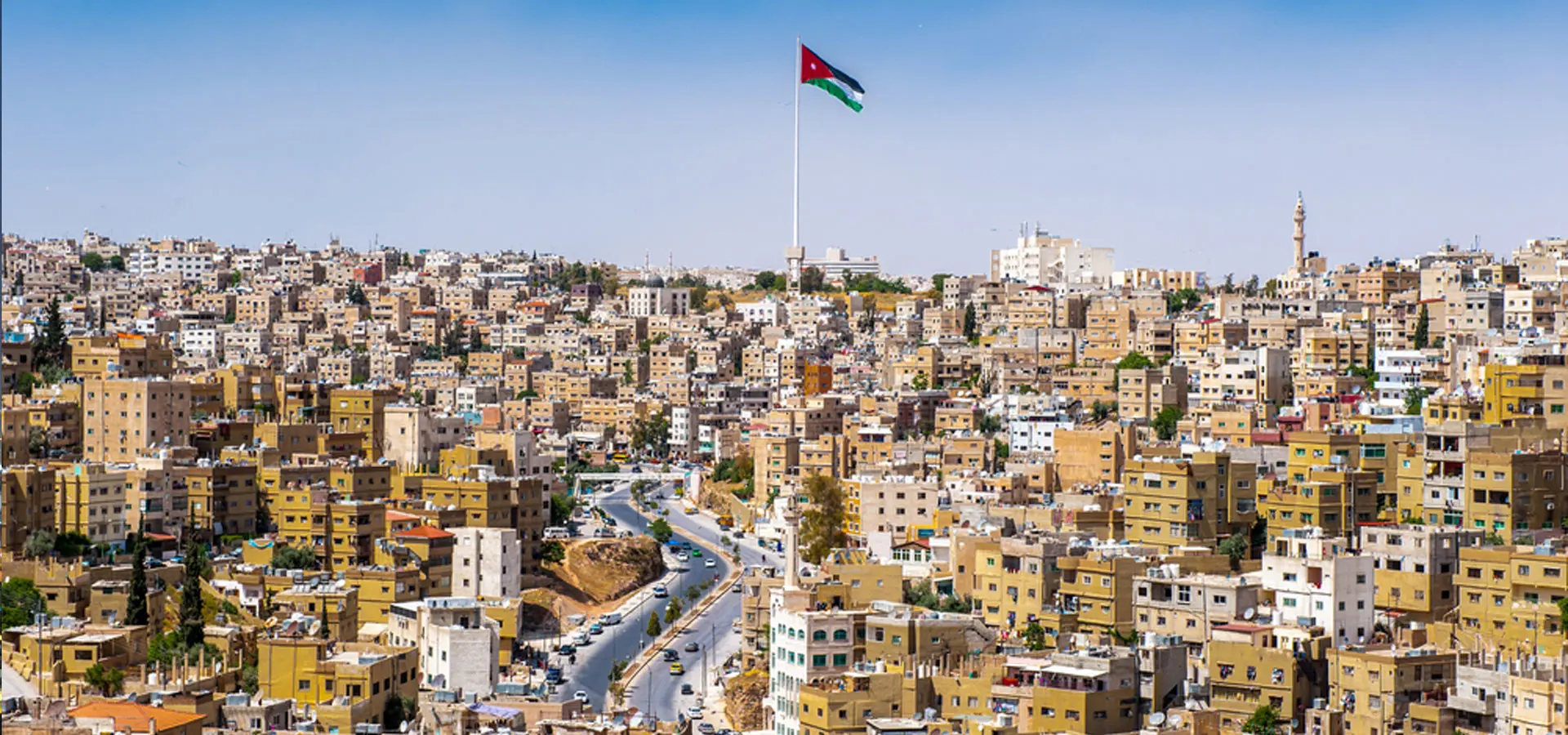
Amman. Photos: Sisterscom.com, Shutterstock
Local traditions and characteristic artisan shops coexist with restaurants, art galleries, modern buildings and homes, almost all white due to a law that requires them to be clad in the local white stone.
The Citadel in Amman
From the Citadel, the focal point of its ancient splendid past (built on the site of ancient Rabbath-Ammon), not only can a breathtaking view of the entire region be enjoyed, but it is where a visit to the city's archaeological sites begins.
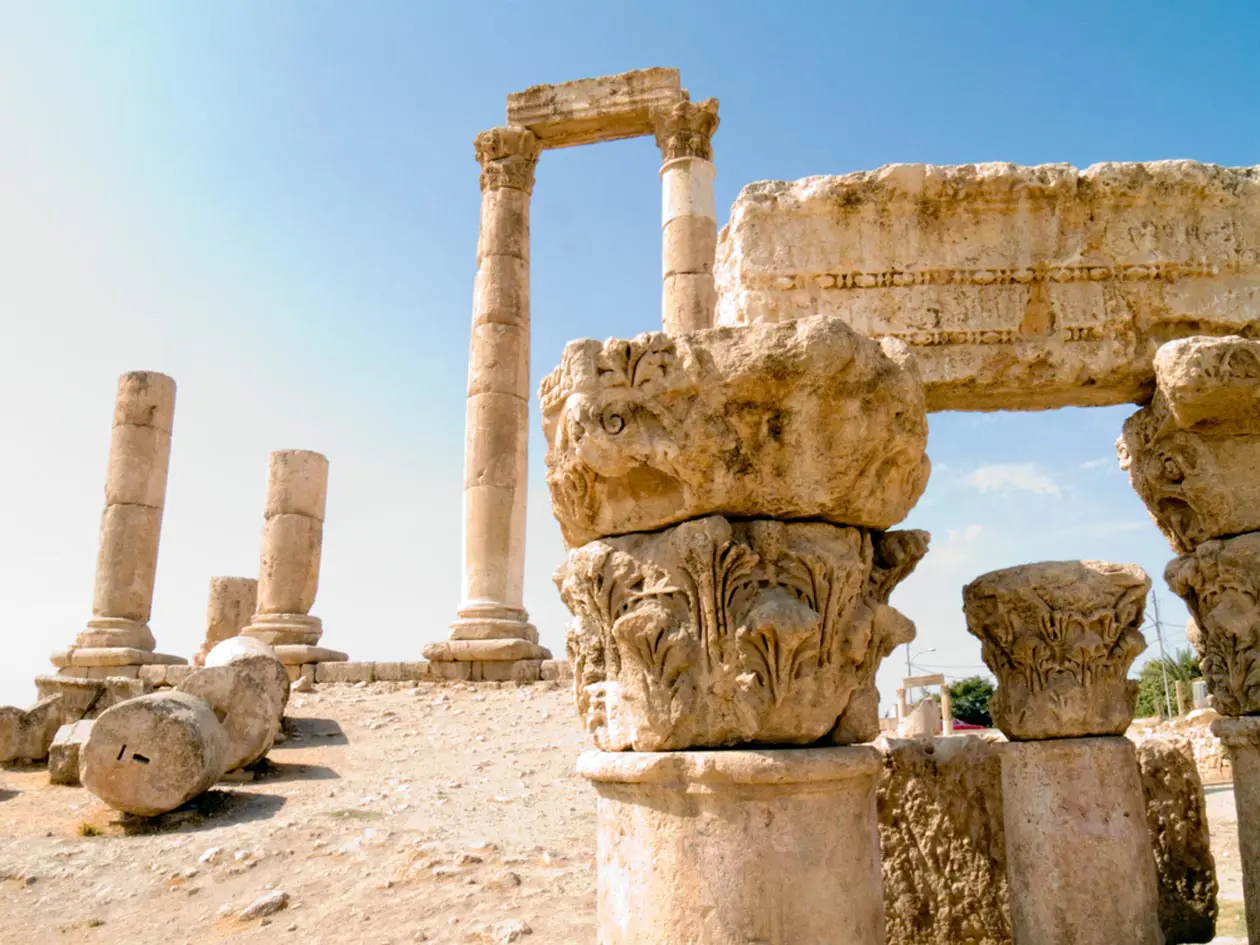
Temple of Hercules, Amman. Photos: Sisterscom.com, Shutterstock
In fact, by recent excavations have brought to light numerous remains of great civilizations that passed through Amman: the Greeks who renamed it Philadelphia, the Romans with their fountains and theatres, the Byzantines with their beautiful churches, and the Muslims, evidence of whom is found in ancient monuments such as the Temple of Hercules, built in the second century AD under the empire of Marcus Aurelius, the Palace of the Umayyads, which takes its name from the caliphs who took power in the seventh century, the astonishing Byzantine Church and the Great Husseini Mosque, in addition to the Roman Forum, today a public square, the largest of the entire empire.
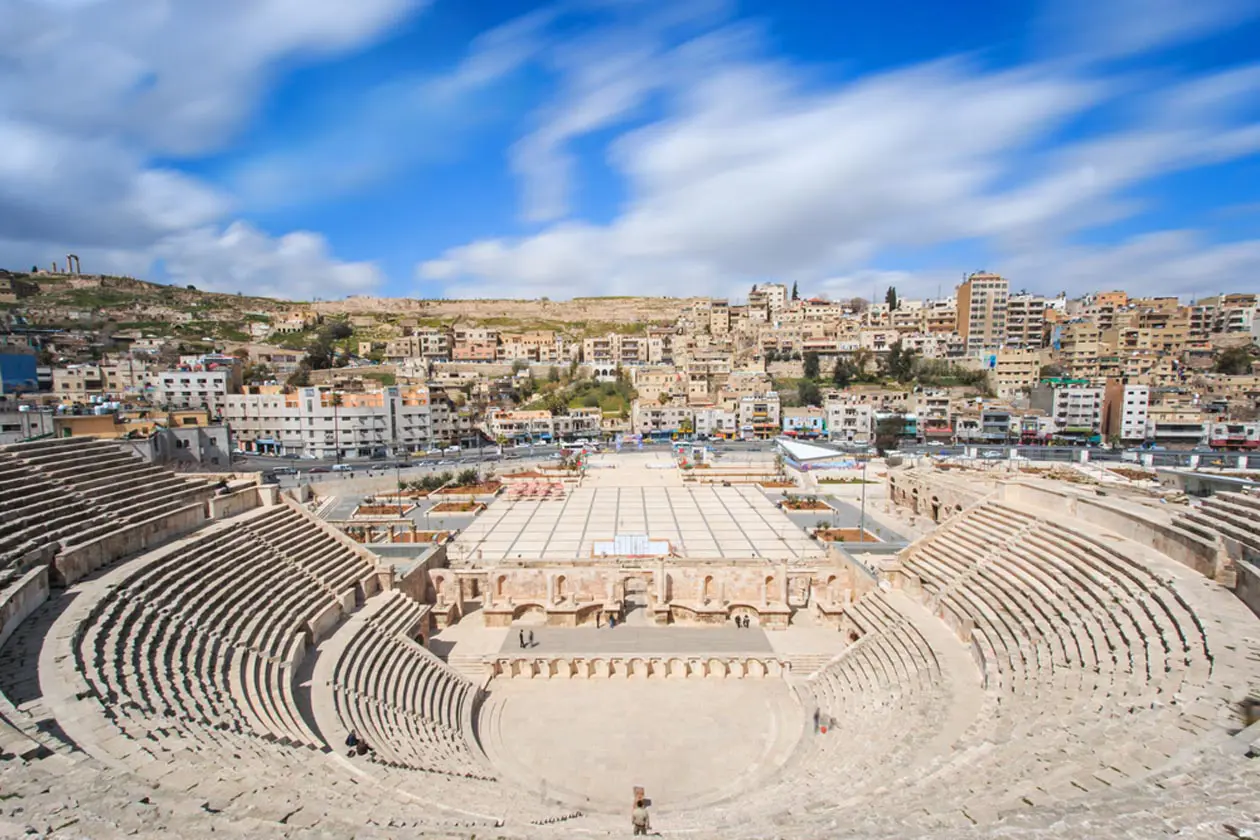
Roman Forum, Amman. Photos: Sisterscom.com, Shutterstock
Since the Romans never failed to build ornamental gardens and public fountains in their cities, we can still admire the Nymphaeum, which in ancient times boasted a swimming pool of immense proportions.
Hejar Railway in Amman
In Amman you can immerse yourself in the romantic aura of the oldest railway in the world, the Hejar Railway: the train that was often sabotaged by the legendary British officer Lawrence of Arabia, a champion of Arab nationalism, who went on to defeat the Ottomans.

Hejar Railway, Amman. Photos: Sisterscom.com, Shutterstock
Theaters and Museums in Amman
The inhabitants are welcoming and hospitable, and proud to show visitors the wonders of their city, which also offers plenty in terms of culture: there are countless exhibitions of artists, local and foreign, and museums such as the Archaeological Museum of Jordan or the Museum of Jordanian Folklore. There are also many theatres with rich programmes, as well as cinemas showing films in their original language with Arabic subtitles.
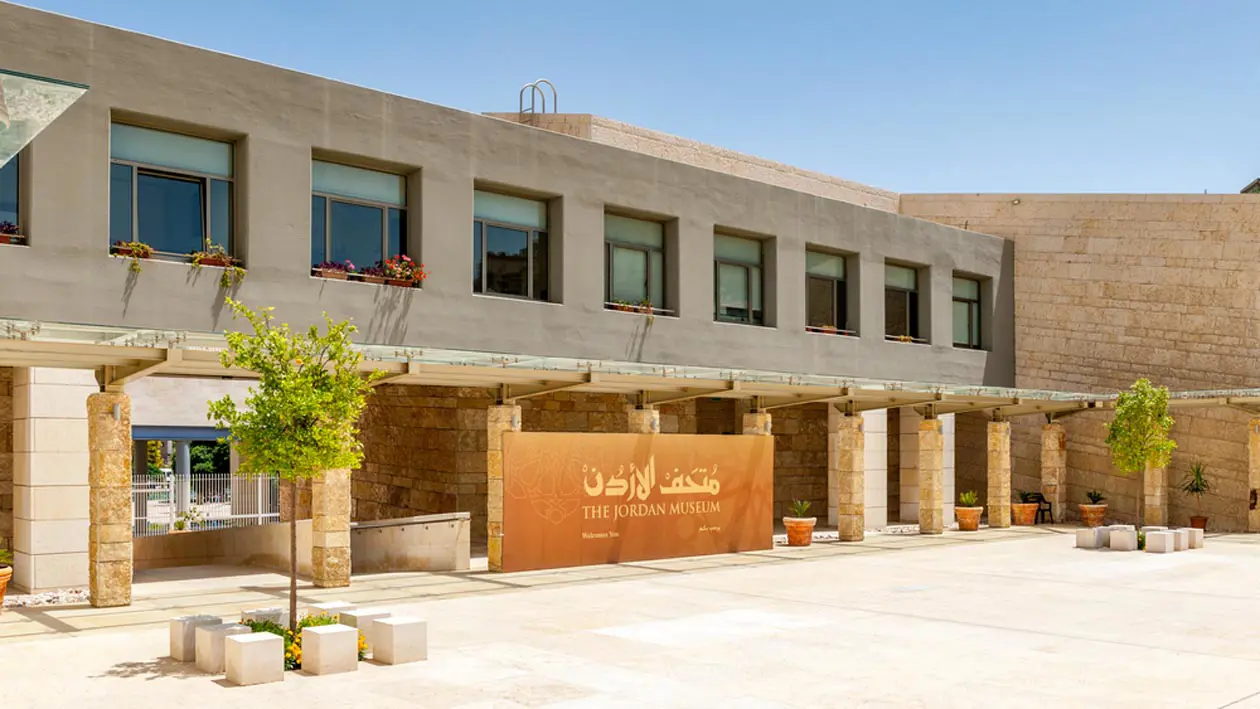
Archaeological Museum of Jordan, Amman. Photos: Sisterscom.com, Shutterstock
Shopping in Amman
Shopping is another attraction of this fascinating city, which alternates elegant streets with world famous international brands (always at competitive prices) and many local craft shops selling quality products such as carpets and handmade cushions, painted pottery and embroidered items for the person and home, as well as beautiful 24 carat gold jewellery that can be purchased at prices far lower than in other countries of the world.
Excursions in Amman
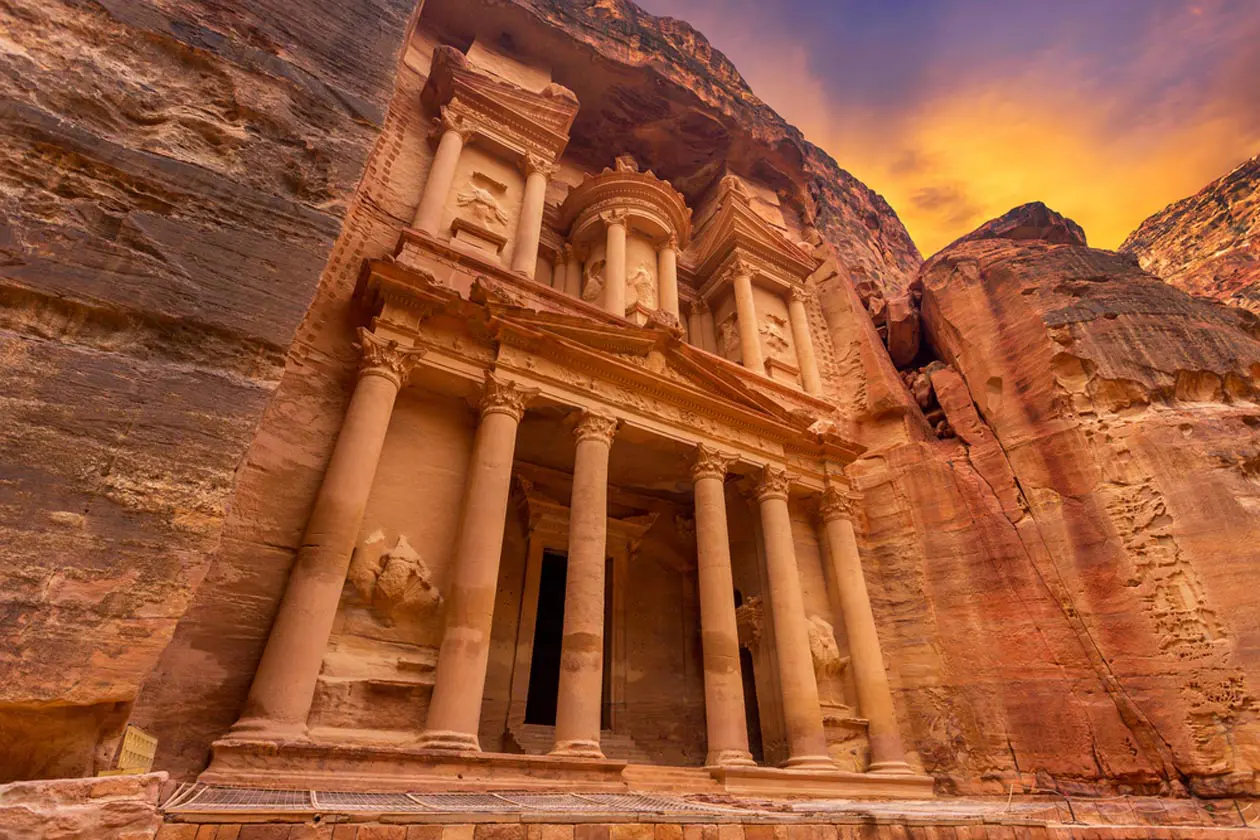
Petra. Photos: Sisterscom.com, Shutterstock
Thanks to its current prosperity and temperate climate, today about half of Jordan's population is concentrated in Amman, but excursions to the surrounding areas are something that should definitely be planned. Must-see places include legendary Petra, the pink city carved into the rock, the Jordan Valley where Jesus was baptized, the Dead Sea, a perfect wellness break thanks to its natural salts and well renowned spas, as well as mountains covered with pine forests, endless valleys, the marshes or oases; all in within a mesmerising landscape that is dying to be discovered. A few kilometres south of the city, a visit to Kan Zaman is not to be missed. Its name, which translates to "Once upon a time", says a lot about the atmosphere of this location. A place where you can feel like you have travelled back in time, and where you can smoke a narghileh in one of the many cafes or enjoy traditional Arabic food in one of the many typical restaurants.
Typical dishes in Amman
The local specialties are varied and interesting, including hummus, a chickpea puree with garlic and sesame, kubbeh, meatballs and fried onion, lamb kebabs, and the national dish of Jordan, mansaf, a tasty recipe of lamb flavoured with aromatic herbs, cooked in yoghurt and served with abundant rice enriched with almonds and pine nuts. The desserts are also a real temptation, and are often laced with honey and filled with almonds and sultanas, which originate from the Salt Region and have been cultivated for centuries, taking its name.

Hummus

kubbeh

Kebabs

Mansaf
Text by Anna Glik
Updated by Alisè Vitri
Tourism Board
Visit Jordan: it.visitjordan.com
Partnership with Booking.com
Where to sleep in Amman
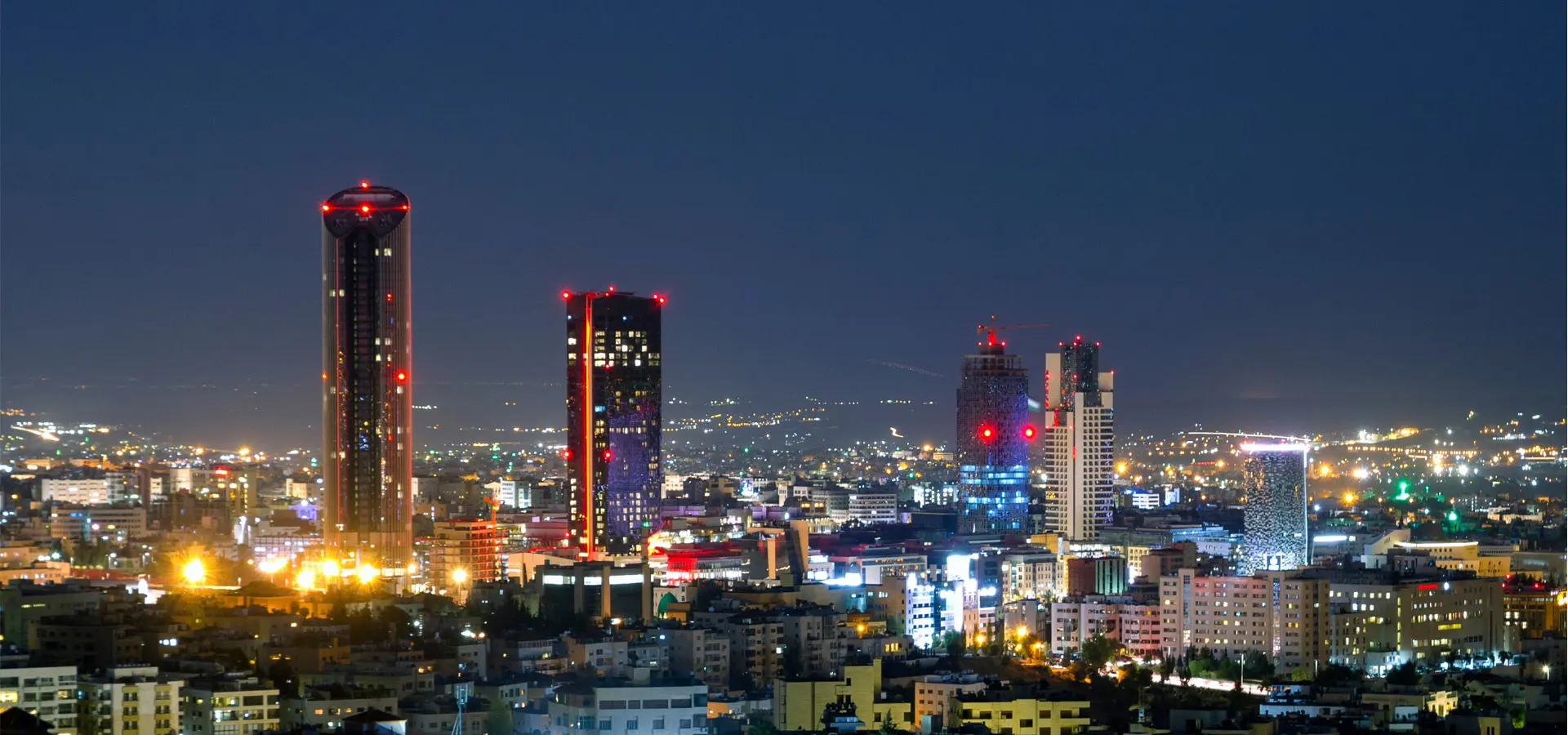
Amman. Photos: Sisterscom.com, Shutterstock
Amman is a welcoming city and offers different possibilities for accommodation.
To find the ideal hotel and the best offers you can do a search for the stars but also for districts or landmarks.
STARS
Hotels for stars, differentiated by type of services:
DISTRICTS
Hotels in the districts
LANDMARKS
Hotels in tourist areas
LANDMARKS
Hotels in tourist areas
DINTORNI
Hotels in other cities or surroundings
- Petra
- Madaba
- Mar Morto Giordania
- Betlemme (Cisgiordania)
AIRPORT
Hotels near the airport
WHERE TO GO in amman
Monuments in Amman
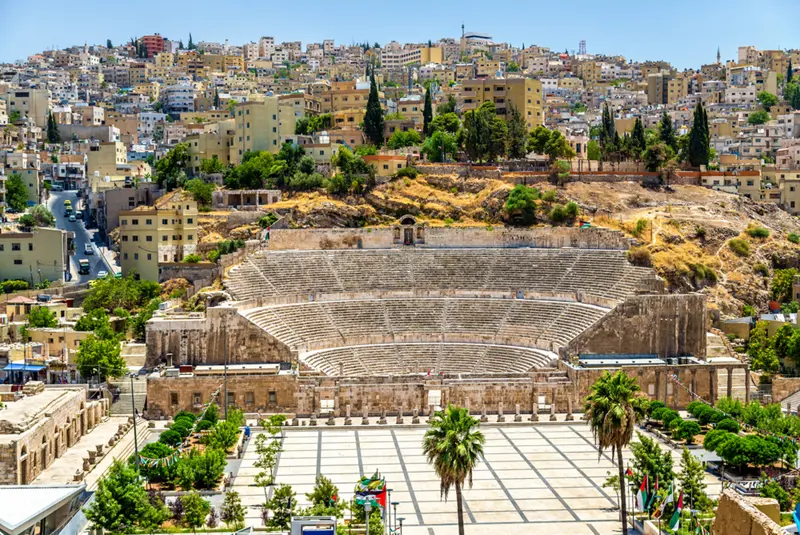
Photos: Sisterscom.com, Shutterstock
Roman Amphitheatre of Amman
The Roman Amphitheatre, a huge stadium dug into the side of one of the seven hills on which the city stretches, with a capacity of six thousand people, is still well preserved, with three sectors destined for three different social classes as was the custom in the ancient Rome. In the summer there are quality concerts and shows.
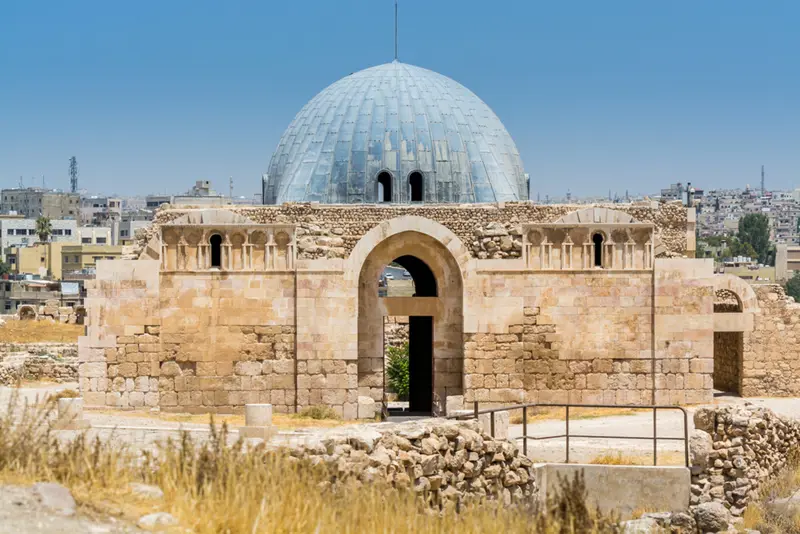
Photos: Sisterscom.com, Shutterstock
Umayyad Palace
An Interesting Arabic construction dating back to the 8th century, it bears the name of the caliphate that reigned over the country at the time and must have been their prestigious residence. It is one of the most important Islamic buildings in Jordan and certainly the most extensive. It is characterized by a beautiful dome and a large entrance hall.
Museums in Amman
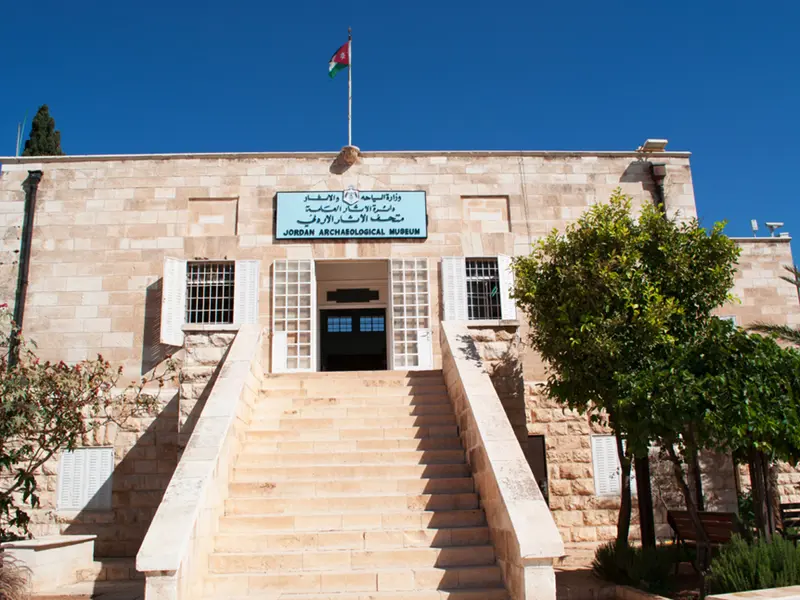
Photos: Sisterscom.com, Shutterstock
Jordan Archaeological Museum
Built in 1951 on the hill of the citadel of Amman, this museum houses interesting artefacts from the archaeological sites of the country: pottery, glassware, jewels, coins and statues that come from a wide-ranging period of time, dating back to the Palaeolithic era and including the Byzantine, Roman, Hellenic and Islamic periods. Here the famous Dead Sea Scrolls can be found, a valuable document of great spiritual significance found near the sea with documents of parchment and papyrus, such as the Hebrew Bible.
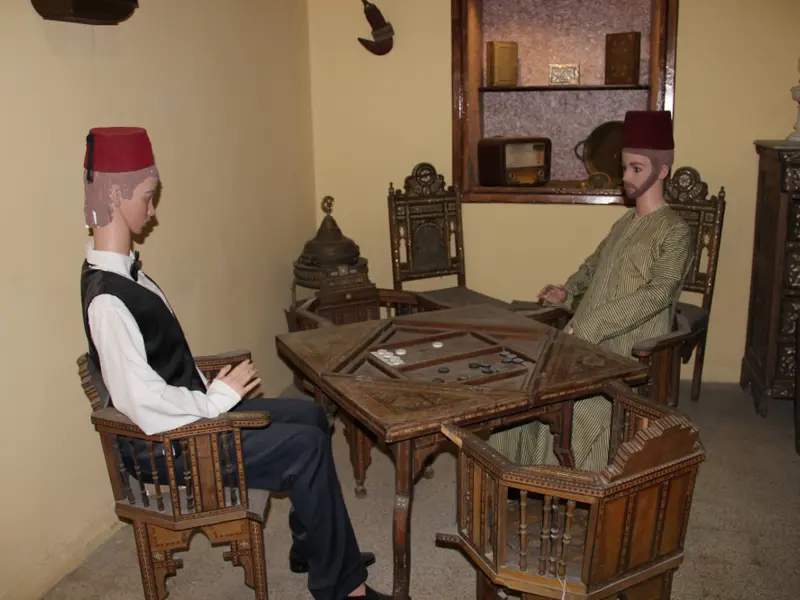
Photos: Sisterscom.com, Shutterstock
Folklore Museum of Amman
This museum offer the opportunity to experience the culture and traditions of the towns and villages of this country, and features countless everyday objects from the nineteenth and twentieth centuries. The typical costumes of the various areas of Jordan and the tools used daily for the preparation of bread, coffee and tea, as well as weapons or musical instruments, are items of great interest. An original Bedouin tent, made of goat wool, has been constructed inside.
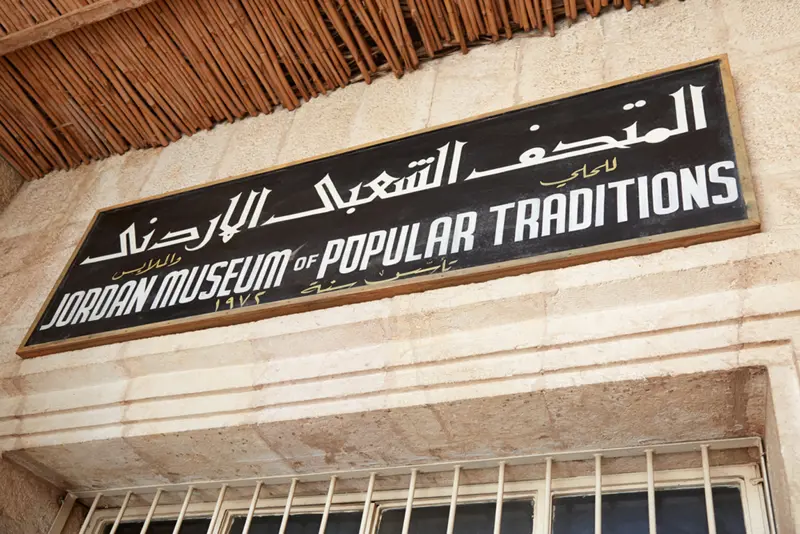
Photos: Sisterscom.com, Shutterstock
Jordan Museum of Popular Tradition
This museum features collections of Jordanian and Palestinian folk heritage. In five rooms there are items made by fine local goldsmiths and even bottles of cosmetics from the banks of the Jordan, interesting silver jewellery and the characteristic bridal gowns of the region.

Photos: Sisterscom.com, Shutterstock
Royal Automobile Museum in Amman
Fans of classic cars should definitely not miss this museum. It features a collection of 70 luxury cars and motorcycles from the private collection of the late King Hussein, who was very passionate about motors.
Excursions in Amman and and its surroundings
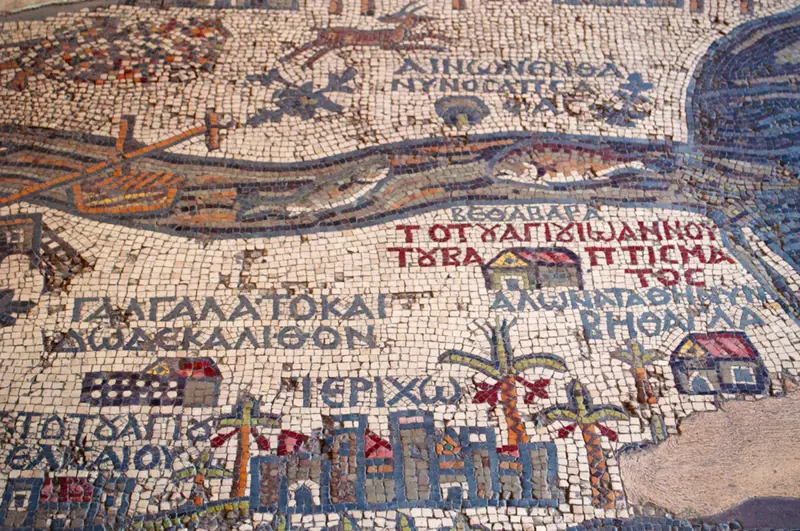
Photos: Sisterscom.com, Shutterstock
Madaba
The city of Madaba, a few kilometres from Amman, is another must-see location. Known as "the city of mosaics", which has earned it its twinning with Ravenna. The city is steeped in biblical refences along the Road of the Kings, and features a major attraction: a mosaic map, the largest in the world, kept in the Greek Orthodox Church of Saint George.
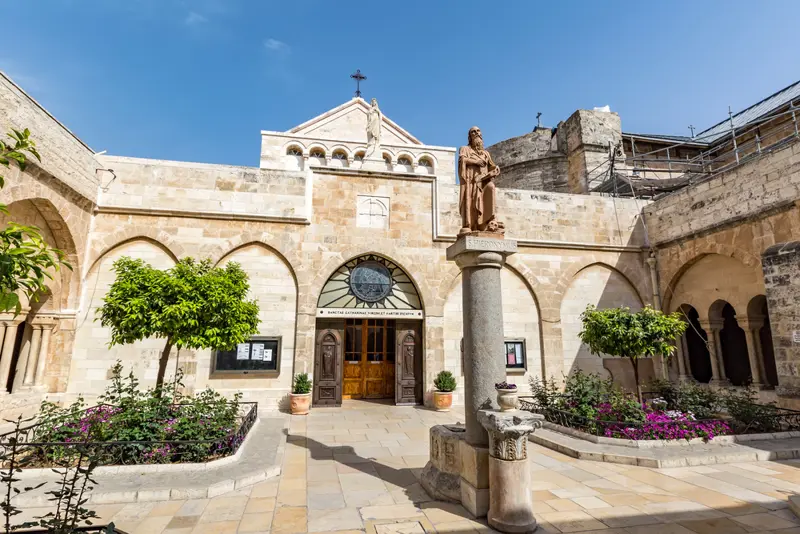
Photos: Sisterscom.com, Shutterstock
Bethlehem
For those looking for a religious atmosphere, a visit to the city of Bethlehem (which is in the West Bank) is a must. This is the place where the Gospels say that Jesus was born and where the beautiful Basilica of the Nativity is located, in which an enchanting ceremony takes place on Christmas Eve.
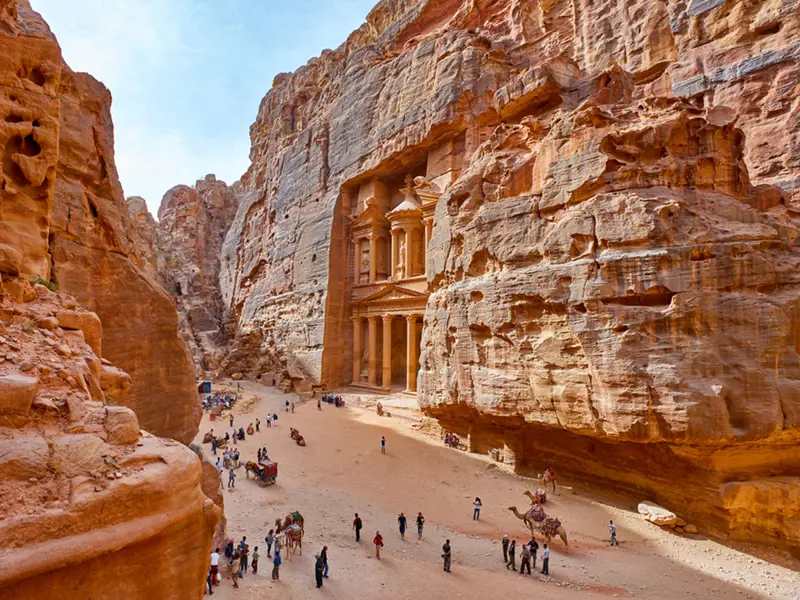
Photos: Sisterscom.com, Shutterstock
Petra
You cannot complete a trip to Jordan without a visit to the city of Petra, considered one of the 7 wonders of the world and declared a World Heritage Site by UNESCO. Excavated by the Nabateans over 2000 years ago in the local red-pink rock, Petra presents itself to the eyes of the visitor with its impressive buildings and the magical atmosphere of a truly unique city in the world.
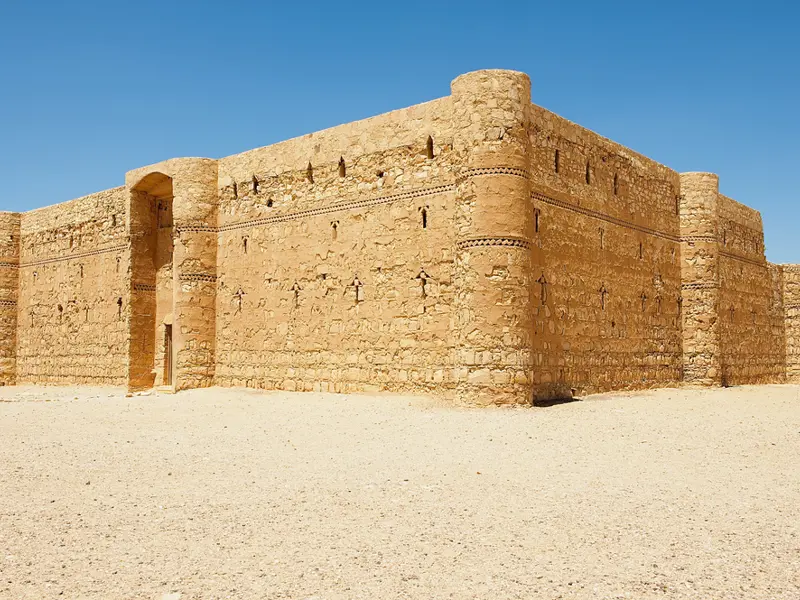
Photos: Sisterscom.com, Shutterstock
Desert Castles
An obligatory stop for those who travel to Jordan, these twelve masterpieces of architecture and Islamic art served as refreshment points and supply stations to caravans that travelled the long stretches of the desert moving from one city to another for their trades.
Partnership with GetYourGuide
Tours and excursions
News & Useful info
You might be interested in
Other destinations
Airports nearby Amman



